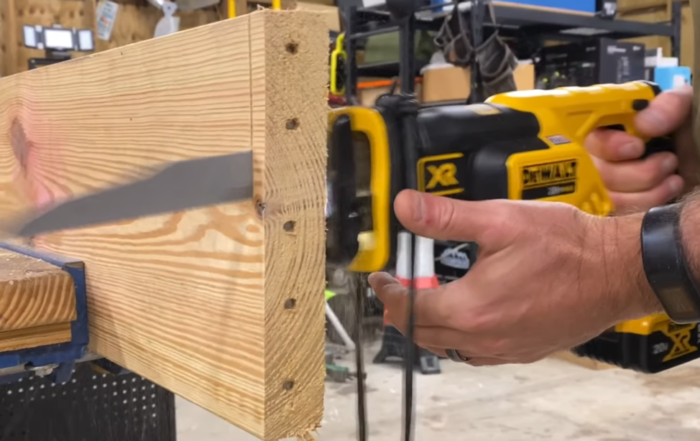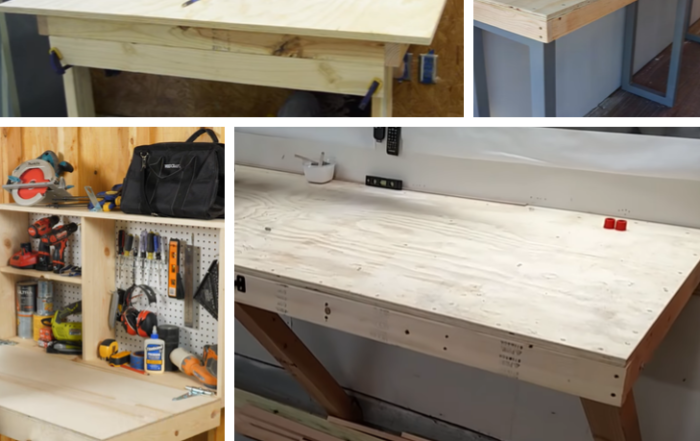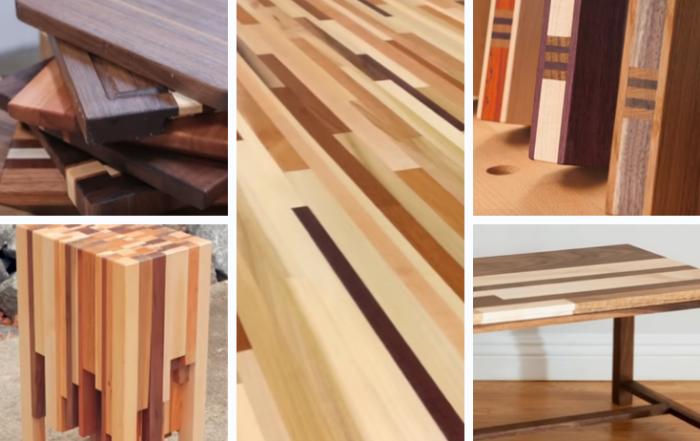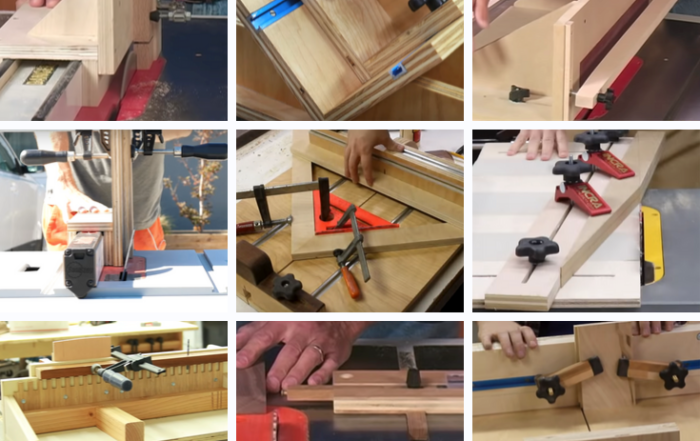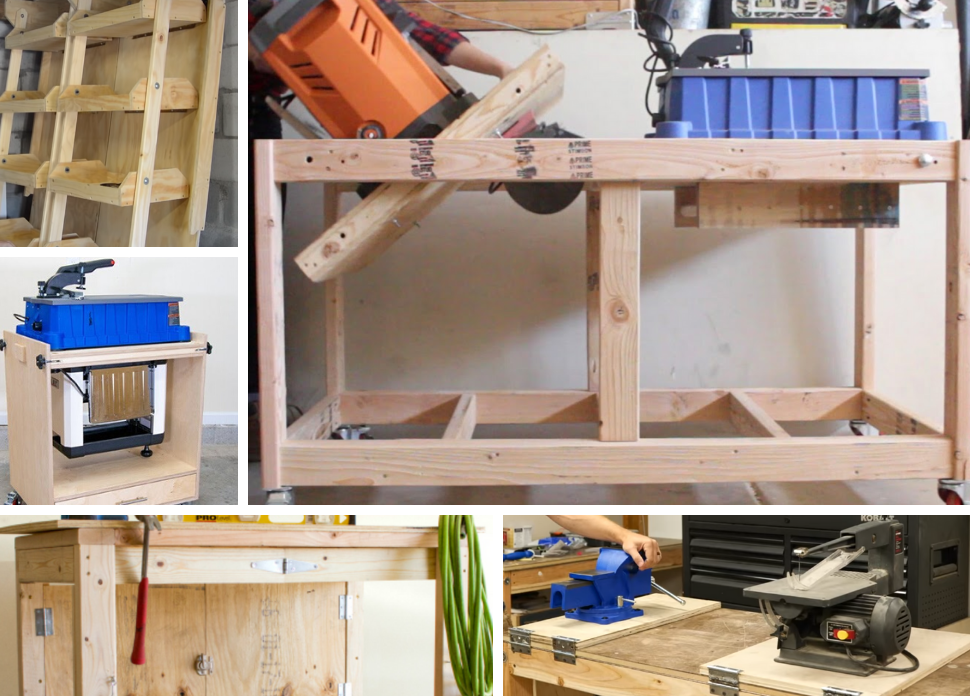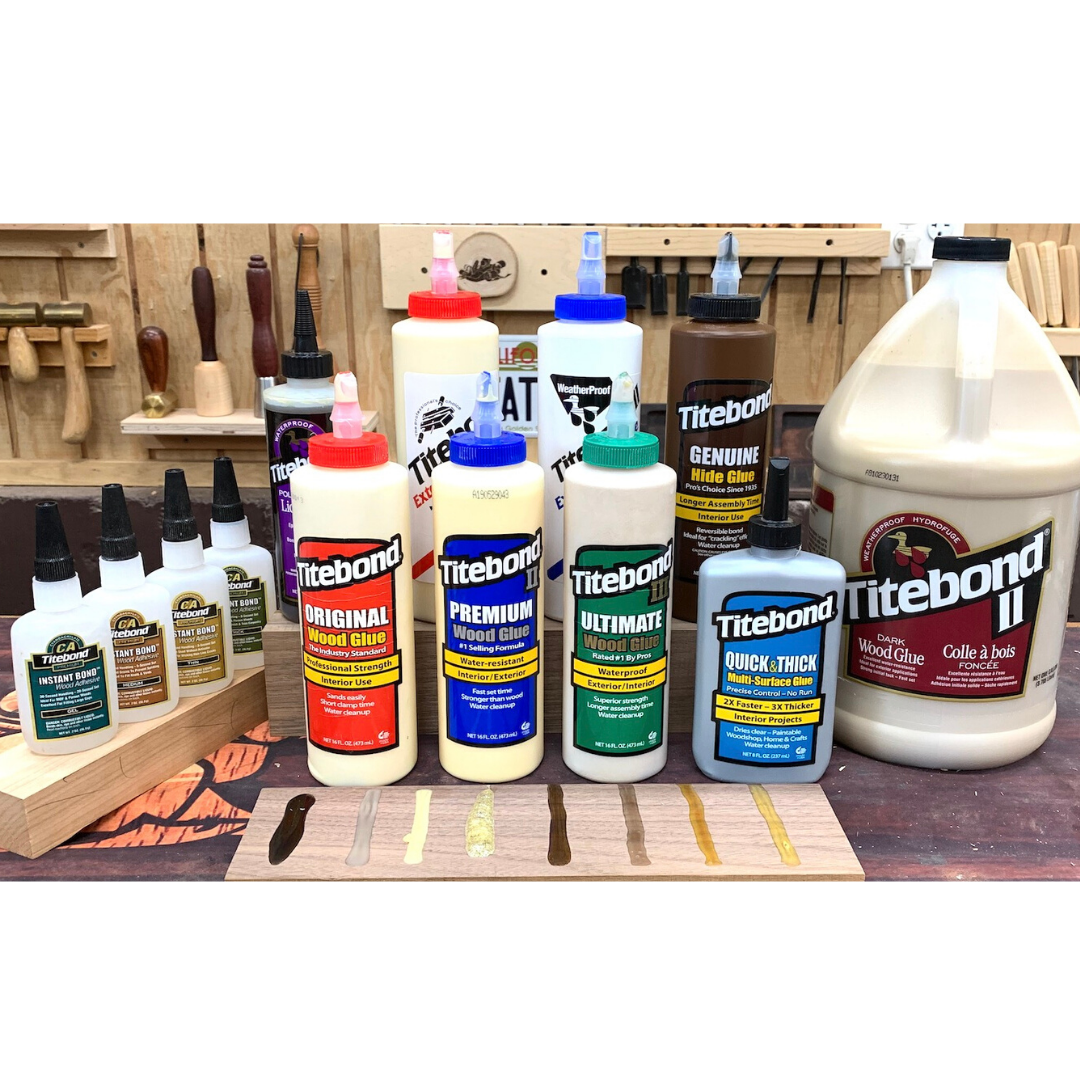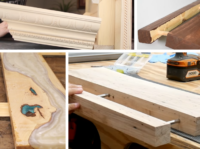Latest Articles
17 Best Free Woodworking Plan Websites
We've created this list of some of the best websites to find free woodworking plans so that it's easier for you to find some awesome projects to build on your own. Check out [...]
8 Best Reciprocating Saws
Reciprocating saws, or what has come to be commonly known as sawzalls, have become a must-have tool in the modern woodworker’s and DIYer’s tool-belt. Not known as a fine crafting tool, the [...]
Pocket Hole Joinery Tips - 5 Must See Videos
When I first got my Kreg Jig (a tool which simplifies the pocket hole creation proceess), I thought, "This looks so easy, anyone do, and with it I will make perfect joints [...]
Fold Away Tool Storage - 7 Must-See Tutorials
Looking to get more space and use out of the space you already have. Completing one of these fold away tool storage projects for your new or existing work bench could be [...]
Wood Glue: Everything You Should Know
When researching this post, I found more videos that those included in this post, but after review, these videos cover all the bases and situations applicable to wood glue necessary for review [...]
7 Best DIY Floating Shelf Tutorials
When contemplating building those floating shelves, there are plenty of options to choose from. We have put together a comprehensive list of some of the best floating shelf tutorials to help you [...]


